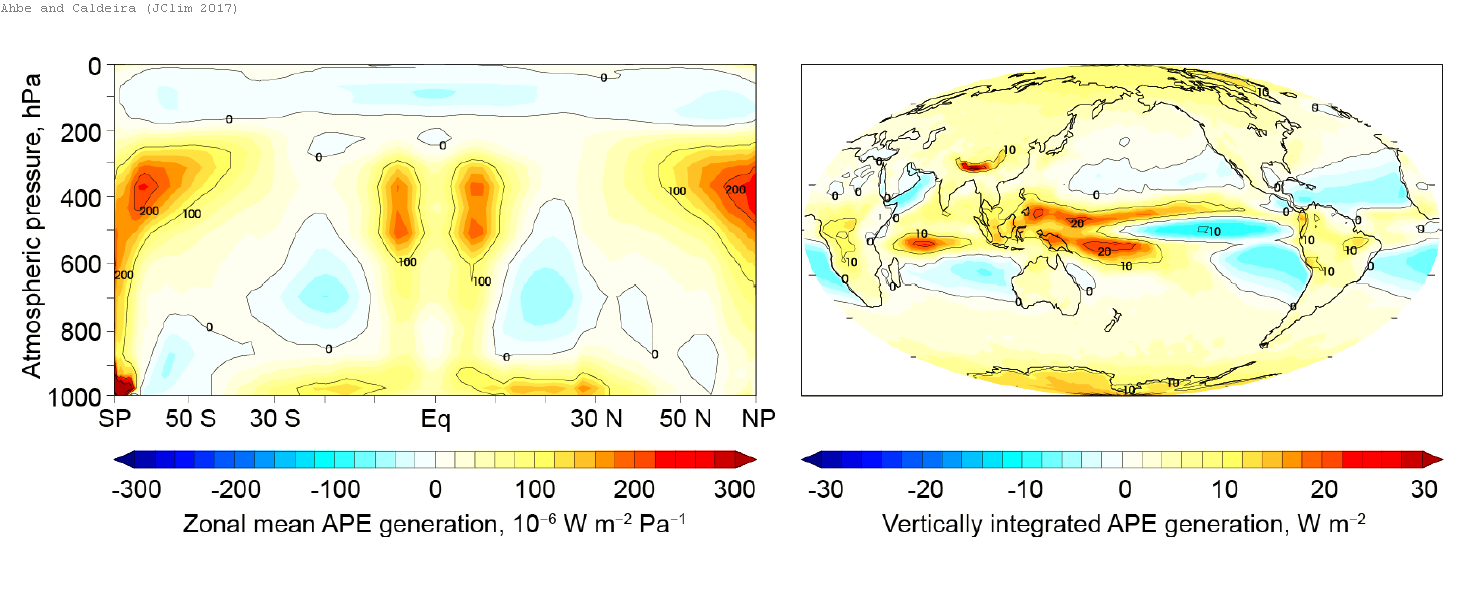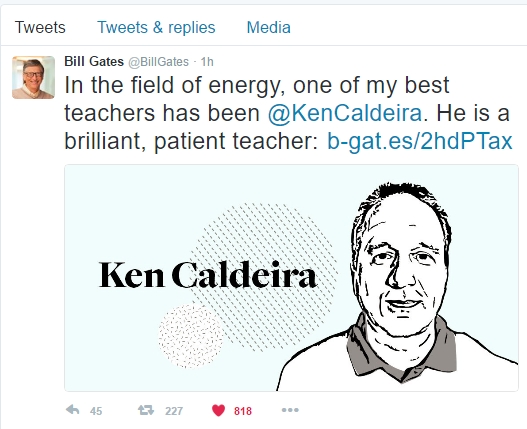Bobby Magill of Climate Central sent me an email asking me to comment on several bills recently passed by the US House of Representatives. Specifically, he asked me to comment on bills rescentely
– H.Res.229. … would require EPA actions to be based on science that is “transparent” and “reproducible.”
– HR 1431, …would prevent the EPA Science Advisory Board from communicating uncertainties.
My email comments to Bobby are below: His story is here:
http://www.climatecentral.org/news/congress-political-theater-threatens-science-climate-21316
All of the climate science, and related environmental science, that I read in the peer-reviewed literature is in-principle reproducible. The reason it is not in fact reproducible is that the Federal funding agencies rarely provide resources to redo work that someone else has already done.
If our Congressional and Senate representatives really want to see us do science that is reproducible in a practical sense, they should double or triple research budgets so that scientists can afford to do the same thing two or three times.
In practice, once someone has done something to the satisfaction of thee peer-review system and the broader scientific community, people move on to try to make new discoveries.
You can be sure that scientists love nothing more than showing that our colleagues are wrong. If something gets published that smells fishy, that’s when scientists are motivated to redo the study and show that they are wrong. This, for example, famously happened with the cold fusion studies that were published some years ago.
Why would a working scientist with limited funds want to allocate scarce resources to testing something the scientific community already thinks it knows rather than exploring something new? To have enough resources to want to spend it treading over old ground would require a substantial increase in science funding.
Science is all about communicating uncertainty. Science doesn’t prove things. Science works by trying to disprove things. The harder people work to disprove a statement, and the more they fail at disproving it, the more people come to believe the statement is true. Science is about expanding the range of what we know to be false. Truth lies in the range of what we don’t know to be false — that is the uncertainty range.
People who don’t want scientists to communicate the uncertainty range are people who don’t understand what science is all about.

Image from Climate Central story: Credit: C.L.Baker/flickr
 Colorized photo I took of the Michelson Building at the Potsdam Institute of Climate Impact Assessment, where I am visiting now.
Colorized photo I took of the Michelson Building at the Potsdam Institute of Climate Impact Assessment, where I am visiting now.





